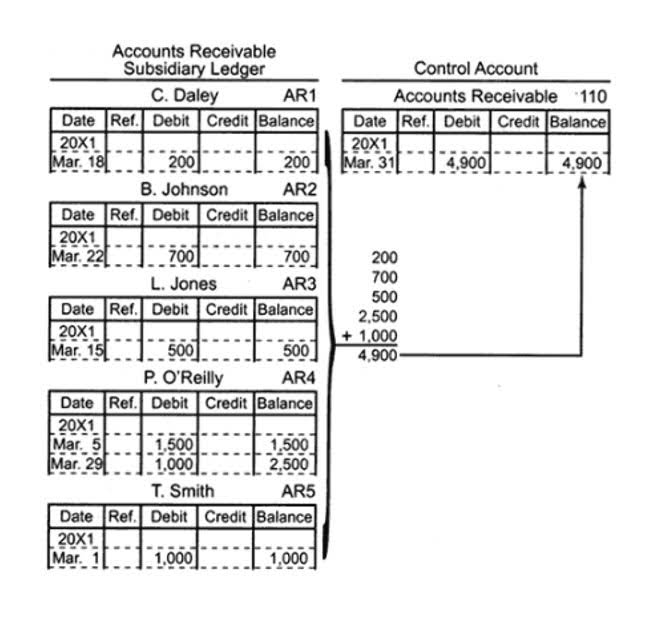
This module automates the creation and management of journal entries, ensuring consistency and accuracy in your financial statements. Organizations can achieve up to 95% journal posting automation with a pre-filled template, reducing errors and discrepancies and providing a reliable view of financial data. Automation transforms the process of closing entries in accounting, making it more efficient and accurate. By leveraging automated systems, businesses can ensure that all tasks related to closing entries are handled seamlessly, reducing manual effort and minimizing errors.
Closing Entry in Accounting: Definition, Example, and Best Practices

By integrating a journal entry management module, as found in the Highradius suite, organizations can automate the creation and management of journal entries, drastically increasing efficiency. Permanent https://www.bookstime.com/articles/tax-filings accounts, also known as real accounts, do not require closing entries. Examples are cash, accounts receivable, accounts payable, and retained earnings. These accounts carry their ending balances into the next accounting period and are not reset to zero. All the temporary accounts, including revenue, expense, and dividends, have now been reset to zero.
- And unless you’re extremely knowledgeable in how the accounting cycle works, it’s likely you’ll make a few accounting errors along the way.
- The second entry requires expense accounts close to the IncomeSummary account.
- Such periods are referred to as interim periods and the accounts produced as interim financial statements.
- The balances from these temporary accounts have been transferred to the permanent account, retained earnings.
- This process confirms all temporary accounts have been closed and the books are ready for the new fiscal year.
Step 2: Close all expense accounts to Income Summary
Now for this step, we need to get the balance of the Income Summary account. In step 1, we credited it for $9,850 and debited it in step 2 closing entries for $8,790. To close expenses, we simply credit the expense accounts and debit Income Summary.

Post-Closing Trial Balance
- It includes only permanent accounts, such as assets, liabilities, and equity, which carry forward into the next accounting period.
- In a computerized accounting system, the closing entries are likely done electronically by simply selecting “Closing Entries” or by specifying the beginning and ending dates of the financial statements.
- After these entries, all temporary accounts (revenue, expenses, dividends) will have zero balances, and the net income and dividends will be reflected in the Retained Earnings account.
- He is the sole author of all the materials on AccountingCoach.com.
- Understanding the accounting cycle and preparing trial balancesis a practice valued internationally.
- The following example of closing entries will assist you in quickly comprehending closing entries.
Because the effect of nominal accounts cannot be shown in the following year, they are closed in the year in which they are created. Distinguishing between temporary and permanent accounts is fundamental to understanding the closing process. Temporary accounts, or nominal accounts, include revenues, expenses, and dividends. These accounts capture financial activity within a specific period and are closed at the net sales end of each cycle to evaluate performance independently. Ensuring consistency with closing entries isn’t just about good technique; it’s about setting a steadfast standard that runs through the entire fabric of financial reporting.

- The balance in Income Summary is the same figure as whatis reported on Printing Plus’s Income Statement.
- A closing entry is provided for the closing of income-expenditure accounts.
- When you start temporary accounts at zero at the beginning of each period, you’re executing the financial equivalent of “clearing the stage” for a new act.
- The process begins by transferring revenue balances to the Income Summary account through debiting each revenue account and crediting the Income Summary account, which temporarily holds the period’s net income or loss.
For instance, let’s suppose you’ve had a productive year – your revenues exceed your expenses, leaving you with a commendable net income. Navigating the realm of closing entries in such instances is crucial for accurate financial reporting, and for those delving deeper, exploring a comprehensive list of FAQs on the subject might prove beneficial. This common scenario exemplifies the basics of closing entries, which involve crediting all revenue accounts to transfer their balances to the Income Summary account.
The next step is to repeat the same process for your business’s expenses. All expenses can be closed out by crediting the expense accounts and debiting the income summary. Here you will focus on debiting all of your business’s revenue accounts. All expense accounts will be zero, and the expenses account will be closed, by crediting the expenses account and debiting the income summary account. Stepping into the era of modern efficiency for closing entries means embracing accounting software with open arms. This isn’t just about keeping up with the times – it’s about transforming the entire close process from a complex chore into a straightforward task.
